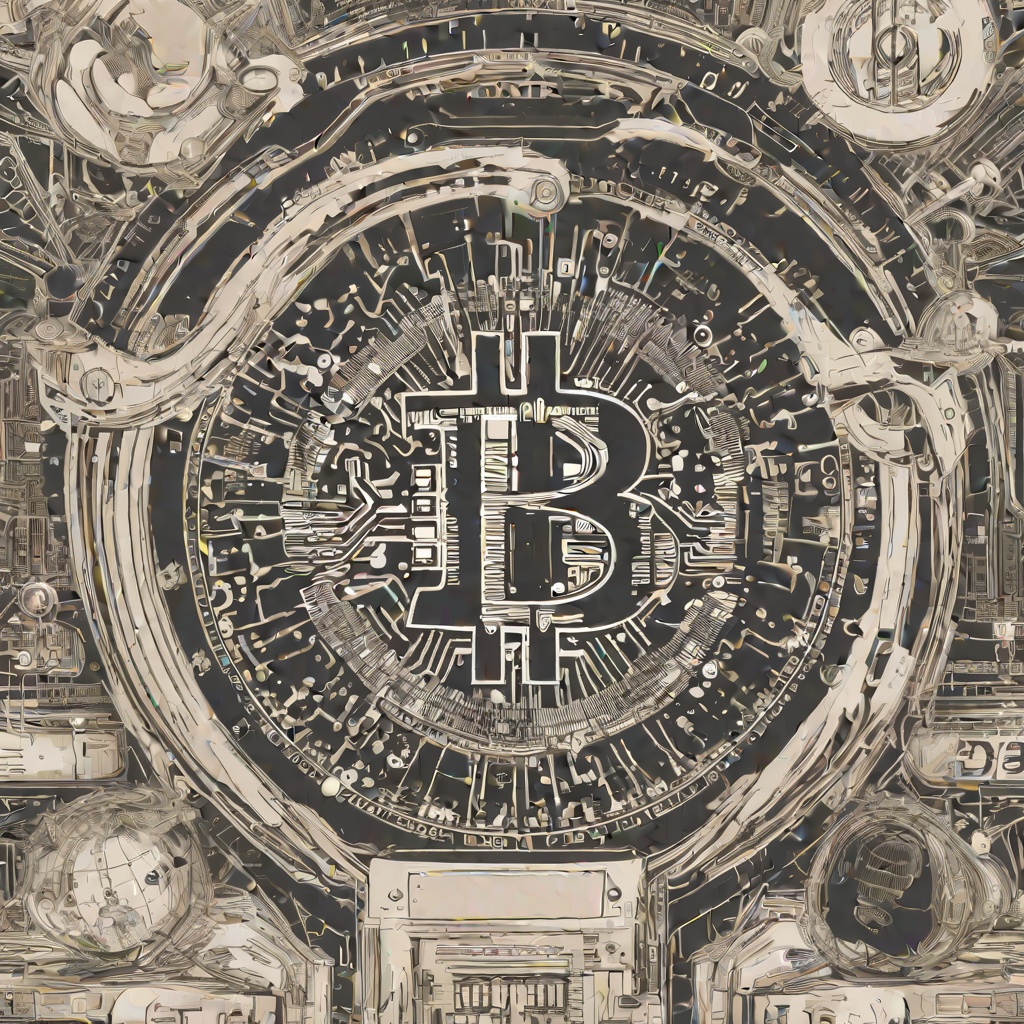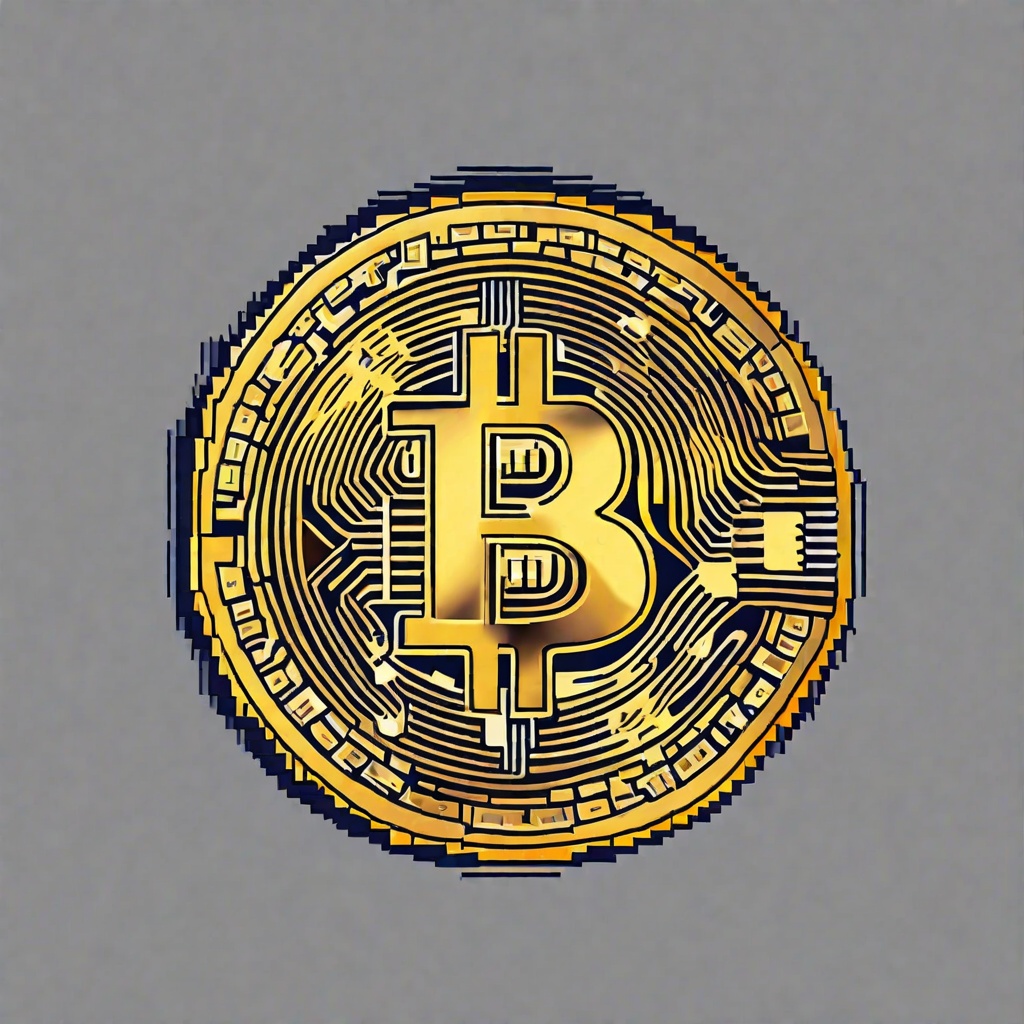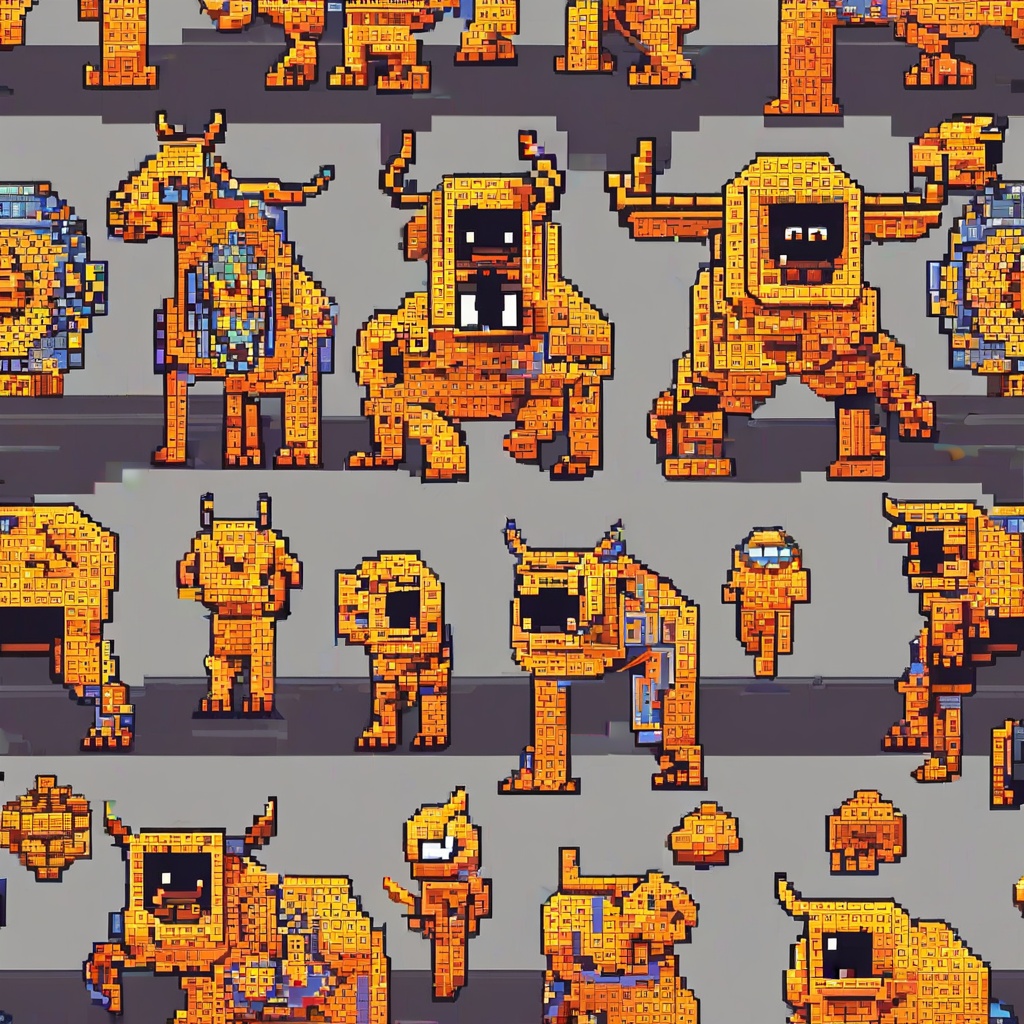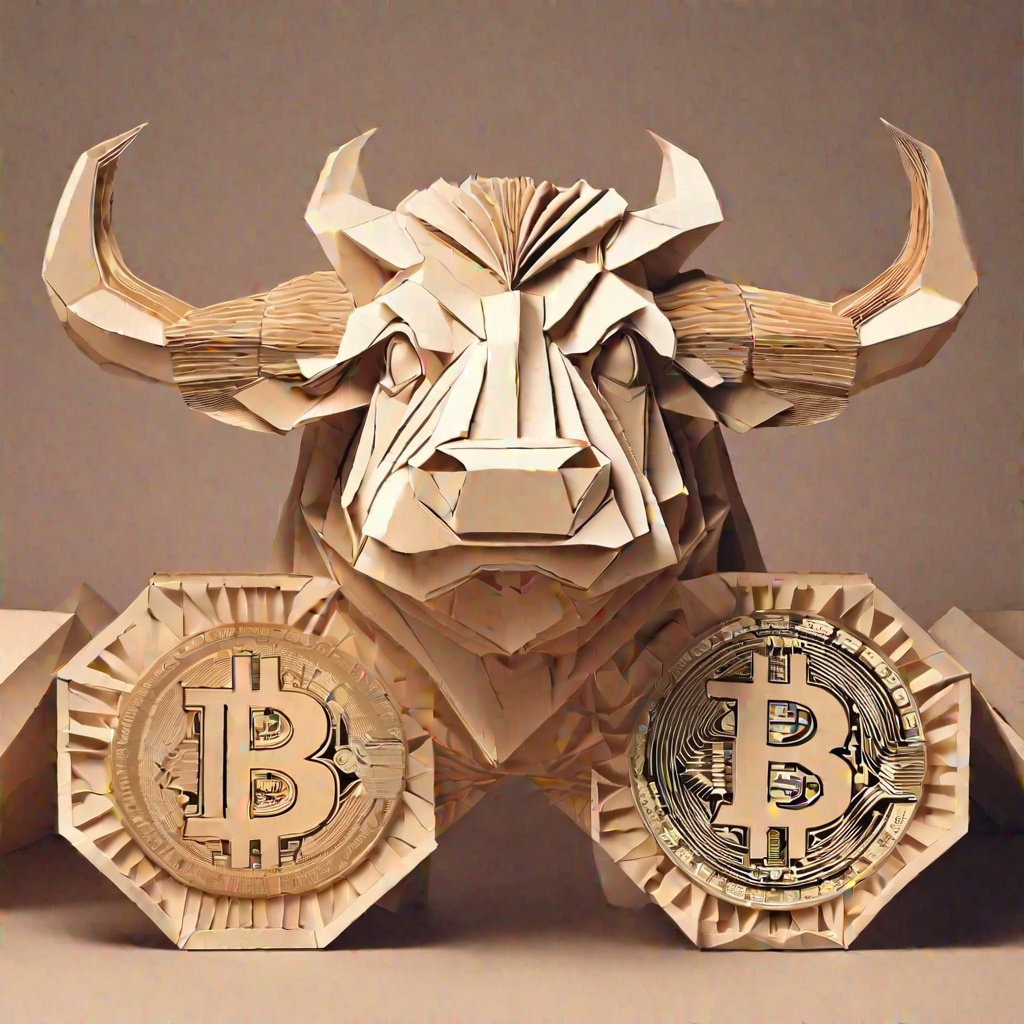What is token economy psychology?
I'm interested in understanding token economy psychology. I want to know how it works, its principles, and how it can be applied in real-life settings, especially in terms of behavioral modification and reinforcement.

What is the psychology behind the inverted hammer?
I'm curious about the psychological aspect behind the inverted hammer. Why do people form this specific candlestick pattern in the stock market? What drives investors to create such a shape and what does it reveal about their mindset?

What is the hammer theory in psychology?
The hammer theory in psychology refers to the tendency of people to overuse a familiar tool or solution, just like using a hammer to treat everything as a nail. This theory highlights the importance of avoiding cognitive biases and adopting a flexible approach to problems.

What is the psychology behind the hammer candlestick?
The hammer candlestick reflects a specific price pattern in the financial market, characterized by a significant price drop followed by a strong rally. Its psychology lies in investors' reaction to market movements, indicating a potential price reversal after a period of decline. This pattern often signals a shift in market sentiment, where sellers initially drive prices down, but buyers later step in to push prices back up, reflecting a possible change in market trend.

What is the psychology behind candlestick patterns?
I'm trying to understand the psychology that underlies candlestick patterns in trading. I want to know why and how traders respond to these patterns, and what mental processes are involved in interpreting and reacting to them.

